Nov 21, 2014
By: Karen Palacio, Program Director and James Porter, Associate Director, External Relations
This year’s Annual Meeting of the American Society of Tropical Medicine & Hygiene (ASTMH) saw 4,400+ people gather in New Orleans, LA to share research, knowledge, and conversation on a multitude of topics related to tropical medicine.
The number of sessions dedicated to neglected tropical disease (NTD) research and the attendance at those sessions is a great indicator of the increased attention these diseases are getting.
Engaging with such a dedicated group of people throughout that week was a hopeful reality check that much is being done to reach the goal of controlling and eliminating NTDs by 2020.
Out of the hundreds of sessions over the week, here are a few our highlights:
- A session on assessing the impact of soil-transmitted helminthes (STH or intestinal worms) control looked at the feasibility of combining transmission assessment surveys for lymphatic filariasis (LF) with STH surveys as a cost-effective and efficient way to assess ongoing treatment needs for STH when treatment for LF may be stopped. Read more here.
- Discussions on integrated NTD control efforts highlighted that the total productivity costs averted globally by reaching the goals for five NTDs may amount to US$240 billion between 2011-2020 and US$390 billion between 2021-2030. Read more here.
- Another presentation highlighted that expanded NTD treatment of adults yielded a 50% increase in disability-adjusted life years (DALYs) averted for children, suggesting that treating adults can lower the prevalence and infection intensity in children. Revaluating global guidelines could be helpful. Read more here.
- A session on achieving global health impact through strategic communications drew much needed attention to the importance of communications and storytelling in the field of global health. Read more here. Other communication sessions encouraged less use of technical terms when targeting the general public for support.
- A schistosomiasis presentation highlighted that the CCA assay as a survey tool is not perfect but it is a much better test than Kato Katz for schistosoma mansonai surveys when the prevalence and intensity of schistosomiasis is low. Learn more here.
- Quickly scaling up MDA coverage of LF and river blindness to achieve elimination is more cost-effective in the long run and leads to greater long-term economic and health benefits. Read more here.
- The STH Coalition called for partners to contribute data to the NTD Partners Map. Add your organization’s data today!
As Bill Gates said in his keynote address, “Overall, I feel great about the progress in global health. Overall, if you ask people, ‘Is the world getting better?’ often they have a distorted view that’s far more pessimistic than they should have.”
It’s easy to think about all of the work that needs to be done to reach our goal of control and elimination of NTDs. But as was evident in the symposiums, poster sessions, and keynotes, a lot of progress has been made. We left New Orleans with a renewed sense of hope that we will take with us to inform and inspire our daily work.

